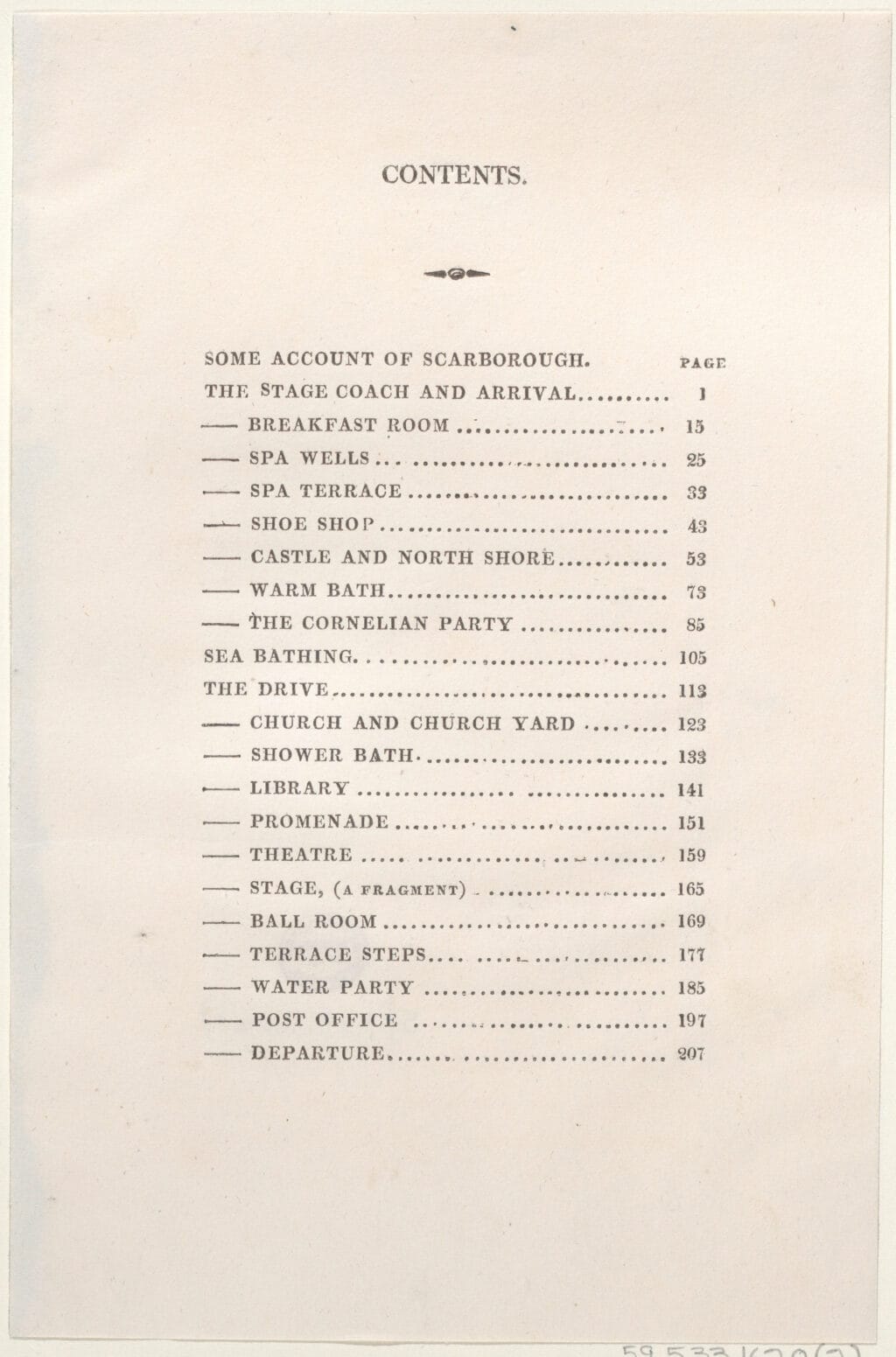How to Stay Authentic When Using AI for Content

AI is quickly becoming a go-to tool for marketers and content creators. But let’s be honest — we’ve all read an AI-written post that just feels off. It’s grammatically perfect, maybe even informative, but something’s missing: authenticity.
So how do you keep your content real while using AI to stay efficient? It’s not about choosing between man and machine — it’s about finding a balance that works. Let’s break down exactly how to make that happen.
Why Authenticity Still Reigns in Content Marketing
Consumers can smell generic a mile away. In fact, a study from Stackla found that 90% of consumers say authenticity is important. It influences which brands they like and support. Authentic content builds trust, sparks emotion, and keeps people coming back — all things AI alone can’t replicate.
If you’re relying solely on AI tools like ChatGPT, Jasper, or Writesonic, your content could end up sounding generic. It might resemble everyone else’s content. Ensure you layer in your own editorial voice.
Start by Defining Your Brand Voice — and Stick to It
Before you generate a single sentence with AI, get crystal clear on how your brand talks. Is it playful? Bold? Academic? Empathetic?
Take Innocent Drinks as an example. Their brand voice is cheeky and down-to-earth. Every social post, blog, or product label feels like a friend having a laugh with you. That consistency didn’t happen by accident — it was intentional.
Create a brand voice guide that includes:
- Tone (formal/informal, humorous/serious)
- Favorite phrases or terms
- Words to avoid
- Sample intros or sign-offs
Then, feed this guide into your AI prompt every time.
Example prompt:
Write a blog post about composting tips in a friendly, quirky tone like Innocent Drinks. Keep it short, sharp, and slightly sarcastic — but helpful.
Use AI to Draft, Not to Publish
Let’s be real — AI tools are fantastic for first drafts. They can help speed up ideation, generate outlines, and even handle the grunt work of repurposing content.
But don’t hit publish yet.
Here’s how to keep your voice front and center:
- Rewrite the intro to include personal anecdotes or questions.
- Replace AI clichés with industry-specific slang or real-world examples.
- Add images, stats, or links that show real research — not AI’s hallucinations.
Example: AI might write, “Blogging is an essential part of digital strategy.”
You might revise it to:
“Think of your blog like a digital storefront. Would you leave your shop window blank? Didn’t think so.”
One sounds like a textbook. The other sounds like you.
Edit With Personality in Mind
Your editing phase should focus less on grammar (AI’s already done that) and more on personality. Here’s how:
- Read it aloud: If it doesn’t sound like you’d say it in a Zoom meeting, rewrite it.
- Add unique insight: Mention something you’ve actually seen in your field.
- Reference others. Link to thought leaders like Ann Handley. Alternatively, use real stats from trusted sources like HubSpot’s State of Marketing Report.
Be SEO-Smart Without Sounding Like a Robot
Yes, AI is great at keyword optimization — but let’s not keyword stuff like it’s 2009.
Instead:
- Use long-tail keywords naturally, like “how to keep your brand voice authentic with AI” instead of just “AI content.”
- Structure your content with clear subheadings, bullet points, and short paragraphs.
- Always write for readers first, then tweak for algorithms second.
Helpful tool: SurferSEO helps you strike the right keyword balance while keeping tone intact.
Avoid the Echo Chamber: Stand Out from AI Noise
The internet is already full of AI-generated listicles. How do you make yours different?
- Tell a story. Share how you almost sent an AI-written email. Then reread it and realized it sounded like a robot from a sci-fi novel.
- Feature real humans. Highlight a client, team member, or mentor. Real voices break up the AI rhythm.
- Use visuals. Tools like Canva or Piktochart let you add branded charts, infographics, or even screenshots that AI can’t create.
Personalization Without Losing the Human Touch
AI is great at scaling personalized content, like creating tailored emails or content segments. But it needs oversight. If you’re using tools like Persado or Seventh Sense, be sure to tweak the messaging.
Tip: Instead of just inserting [First Name], add a detail from their industry. Include their job role or mention a recent event to make the message feel alive.
Example:
“Hi Sarah — congrats on the new clinic launch! We’ve got content ideas that work especially well in the wellness space…”
That’s personalized and human.
Quick Checklist: How to Keep AI Content Authentic
Define your voice and feed it into prompts
Always review and rewrite key sections
Inject personal stories, examples, and real data
Use SEO tools wisely — not excessively
Keep experimenting, but filter every result through your brand identity
Brands Doing It Right
A few companies already mastering the balance of AI + authenticity:
- Notion – Clear, human, and useful even when AI-generated features are showcased.
- Drift – Conversational tone on everything from email to help docs.
- Duolingo – Infuses personality across channels while using automation under the hood.
The Bottom Line
You don’t have to choose between authentic voice and AI-powered content. The winning strategy is using AI as the amplifier, not the artist.
We stay rooted in our unique voice. We edit with care and keep the reader in mind. By doing this, we produce content that ranks and resonates. Yes, AI helps you scale — but you make it matter.
Subscribe for marketing and tech tips direct to your email.

